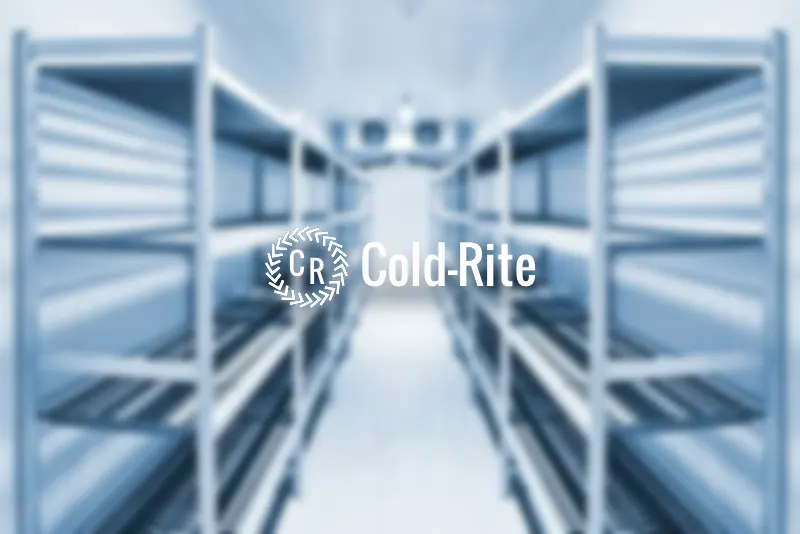How Are Coolrooms Insulated?
Coolrooms are essential for businesses that deal with perishable goods. Such businesses are involved in food manufacturing and storage, pharmaceutical manufacturing and storage, laboratory testing, medical and veterinary sciences, body storage, morgues and mortuaries. Proper coolroom insulation ensures that these businesses can store their products safely, whatever they may be.
Cold-Rite Refrigeration provides a full range of commercial and industrial refrigeration maintenance services in Sydney and the surrounding areas. This guide will cover everything you need to know about insulating a cold room.
Types of Insulated Panels for Cold Rooms
Insulated panels are an innovative way to maintain the temperature and prevent air leaks in your cold room. An insulated panel is a building material that consists of a core layer between two structural boards. They are strong, durable and require less timber than standard construction.
Common types of insulated panels include:
- Expanded Polystyrene Insulated Panels
- Neopor Insulated Panels
- Polyurethane Insulated Panels
- Compressed Straw Core Insulated Panels
The structural boards are typically either plywood or cement.
Cold Room Design Considerations
The thickness of the insulated panels depends on how cold you intend to keep the room, the weight of the products you need to store, external heat exposure, foot traffic and other factors.
Insulated panels can be used for external walls, flooring and rooftops. These design elements also affect the material and thickness of the insulated panels used.
First, we have the interlocking freezer walls. These are the floor-to-ceiling walls that surround the cold room. Sometimes, one of these walls is a large door. Other times, the door is just a regular door built into one of the walls. The panels on these walls are designed to eliminate potential gaps to prevent air leaks.
Next, there is the floor. The floor usually requires additional insulation to prevent heat transfer from the surface, especially if people frequently move about the room.
Finally, there is the roof. The roof is either exposed to sunlight or foot traffic from the floor above. It also requires additional insulation.
Characteristics of a Thermal Insulation System
Now that you know the elements of a cold room, you have to think about what constitutes a quality insulation material. Your insulated panels should:
- Have a minimum R-value of up to 40 to ensure high thermal efficiency.
- Be between 5cm and 30cm thick.
- Be completely sealed to avoid air leakage and control bacteria and dust.
- Have high compressive strength to withstand being under the floor.
Custom Cold Rooms Designed for Your Needs
At Cold-Rite, we take designing cold rooms very seriously. We understand that your business is entrusting us to design, install and maintain your cold room to exact specifications for the product you need to store. Our coolrooms are constructed to the highest possible standard, going above and beyond the BCA requirements and health codes. Put your confidence in Cold-Rite, the most trusted commercial refrigeration specialist in Sydney.
To learn more about your options for commercial cool rooms in Sydney, call Cold-Rite.



